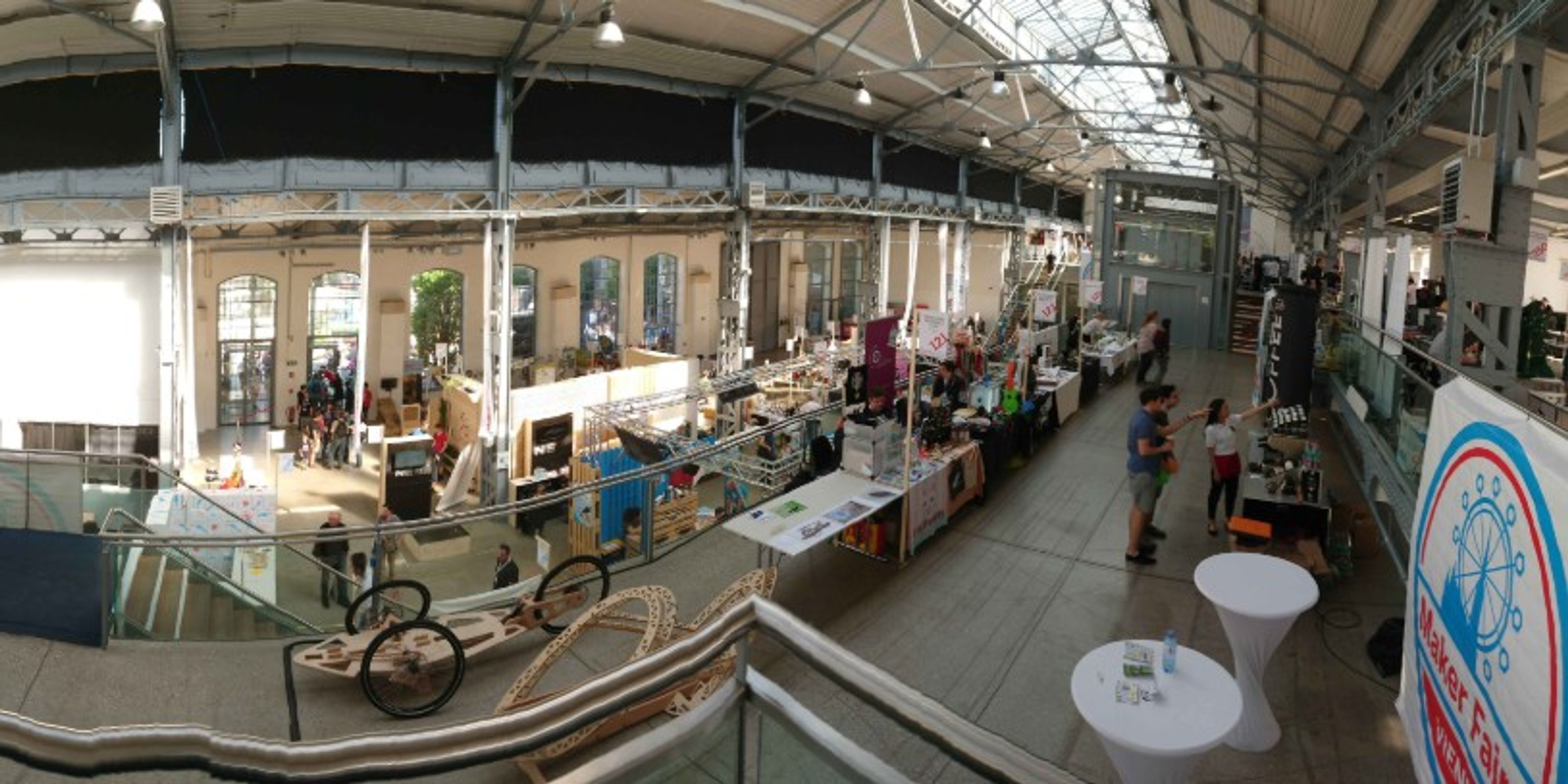
The complex dynamics of diverse practises at Maker Faire
Design Futures


Collaborators Nick Packham, Norman Platt, University of Lapland
Abstract
We studied two Maker Faires to gain a better understanding of the complex dynamics that makers operate in.
Method
The findings illustrate how the event is co-created at the nexus of different technological, social and economic interests while leaving space for diverse practices.
Takeaways
At two MakerFaires we hosted a makerstall that was part exhibition and part a hands-on activity in DIY-electronics, and people sent us photographs of what they made.
We studied two Maker Faires to gain a better understanding of the complex dynamics that makers operate in. By capturing the voices of the visitors, organisers and exhibiting makers of the events, the paper explores how they related to each other.
Our study involved participation in both Maker Faires, which helped us collect data, frame our analysis and shape our understanding of the results. At both events we hosted a maker stall that was part exhibition and part a hands-on activity in DIY-electronics, and people sent us photographs of what they made.
The findings illustrate how the event is co-created at the nexus of different technological, social and economic interests while leaving space for diverse practices.
We argue that it is important to deepen HCI’s understanding of the Maker Movement and the social complexity within the structures that different stakeholders co-create.
This research is a first focused qualitative analysis of Maker Faire, which probes it as a site for HCI research and discusses how more holistic perspectives on the Maker Movement could create new research opportunities.
This work was part of the Empowering Hacks work done with Nick Packham and Norman Platt, looking at how you can make DIY making more accessible for all.